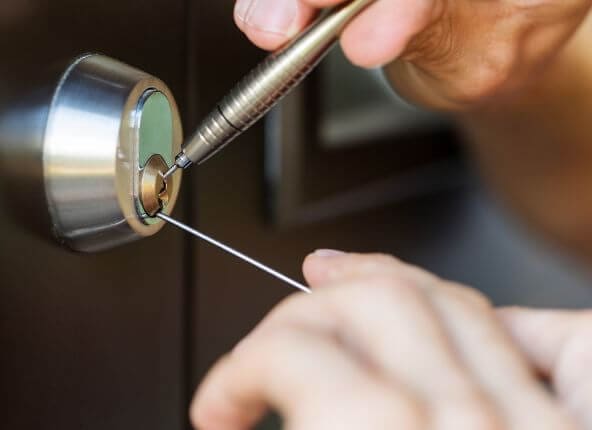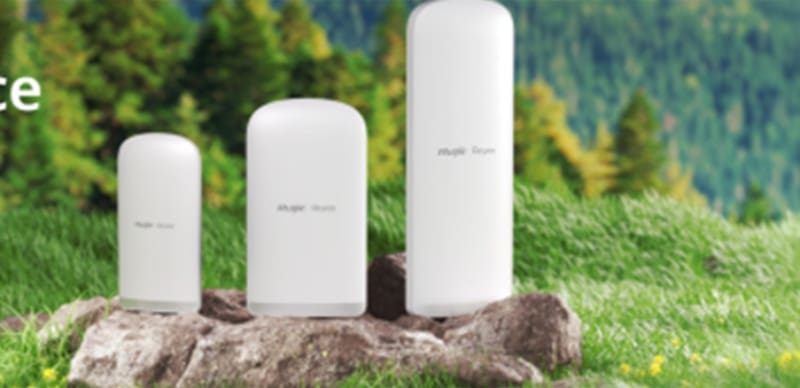
How Easy Is It To Bypass a Europrofile Lock Cylinder?
What is a Europrofile Lock Cylinder? Most people have at least one Europrofile lock cylinder...
Is there a configuration that makes the best alarm system?
Now this page is quite long, so if you want the tl:dr version, click here, and if you’d prefer the video version, click here.
The problem with trying to answer the question is that every household is different. I use the word “household” quite deliberately, because using “house” would have been wrong.
Unless you’re lucky enough to have had a bespoke house designed and built for you, there will be at least one house in your immediate area where the layout is identical to your house, probably several, and probably some more that are a mirror-image.
Where these houses differ is how the space is used.
Thank about it. In one house you might have a retired couple. Next door, there may be a single mum with her kids. The next house might have a blended family, where the kids might go and stay with their other parent at different times. Then again, you may have a childless couple. Only in the last house might you have the stereotypical nuclear family with mum, dad and 2.4 children.
Each of these families will use that house in completely different ways.
And that’s what presents the challenge in formulating the perfect home security system.
We start by considering all the entry points. Clearly, it’s unlikely that a burglar will blast their way through the walls, but the walls of your home do have holes in them. We normally call these “doors” and “windows”.
How many of these are accessible? Obviously, all the doors and windows at ground level are accessible. What is less obvious are those on the first floor. Any window adjacent to a conservatory or a single storey extension is accessible – a burglar can clamber up onto the roof, and they have access to that window.
It could be argued that with access to a ladder, every window is accessible. You might consider that it would be too suspicious for someone to be climbing in an upper floor window. But what are the chances of that burglar being observed, and then it being reported? How many people would actually realise that a burglary was occurring and take the time to call the police? I would wager that only a minority of people would do so.
So we need to list out, in our heads, all those doors and windows. How do we protect those, or more accurately, how do we protect the rooms behind those doors and windows? Actually, what’s even more accurate is how do we protect the contents of the rooms behind those doors and windows?
Think about what is of value in each of those rooms. Would a burglar be happy to just steal what’s in that room without venturing into other rooms?
We have talked before about the difference between what people think is valuable and what a burglar actually wants to steal. I have lost count of the number of times people have stated that they have nothing worth stealing. I presume they think that burlgars want diamond tiaras and original Da Vinci paintings,
The truth is that your average burglar wouldn’t know what to do with such valuables.
No, your average burglar is looking for the kind of “valuables” that you find in your average home.
Cash. Small tech items, like laptops and tablet computers, games consoles. Credit cards. Jewellery, even relatively low cost jewellery, is worth stealing, because it is so easy to sell on, via the “cash for gold” websites that are so prevalent.
We’ve all got those sorts of valuables.
So we need to protect all the rooms that have those valuables in them. So, there’s no point having a sensor in the bathroom. Many kitchens don’t need one either – but does yours? Do you keep your iPad on charge in the kitchen? If so, it would be sensible to have a sensor in there.
Let’s consider the ground floor in more detail.
If you have an entrance hall, there’s probably not much of value there, but it’s the most likely entry point, so a door sensor on the front door is generally recommended.
Then you need to count up how many other rooms need protecting with a motion sensor (known in the industry as a PIR).
And it’s the same with the first floor. We generally recommend a motion sensor on the landing, to cover all the rooms, but any bedroom that has valuable items (the master bedroom with jewellery, or maybe a child’s bedroom with a good games console set-up) then each of those will need a sensor too.
If you have a second floor (or more), generally burglars would be very unlikely to enter that high up the building, so we don’t often recommend any sensors up there, although it may be sensible if there’s a significant amount of valuables on offer.
So we then need to consider the garage. Many people just use these as a general dumping ground, in which case, there’s no need to protect it. But if there’s a good quality bike or two, specialist sports equipment, or something along those lines, we would recommend a dual-technology motion sensor (these are less susceptible to false alarms).
Lastly, we’d also need to discuss a conservatory – one which is predominantly glazed. In these rooms, a normal motion sensor is less reliable, so we’d generally recommend vibration sensors maybe 2 or 3 depending on the size of the conservatory, in areas which may have a games set-up or a home entertainment set-up.
And of course, no alarm system would be complete without the siren, on the front wall of the house, declaring for all to see that you take your home security seriously.
So, now you know what you need, the next step is to find out how much this is going to cost you.
And you can do that instantly, by using our pricing estimator, by clicking here.

What is a Europrofile Lock Cylinder? Most people have at least one Europrofile lock cylinder...

Losing a car key or dealing with a broken one can be a frustrating experience...

If you’ve ever asked yourself that question, then this is the article for you. Consider...
Lorem ipsum dolor sit amet, consectetur adipiscing elit.
For further information about Amberley Security, please do not hesitate to get in touch. We are always happy to help.